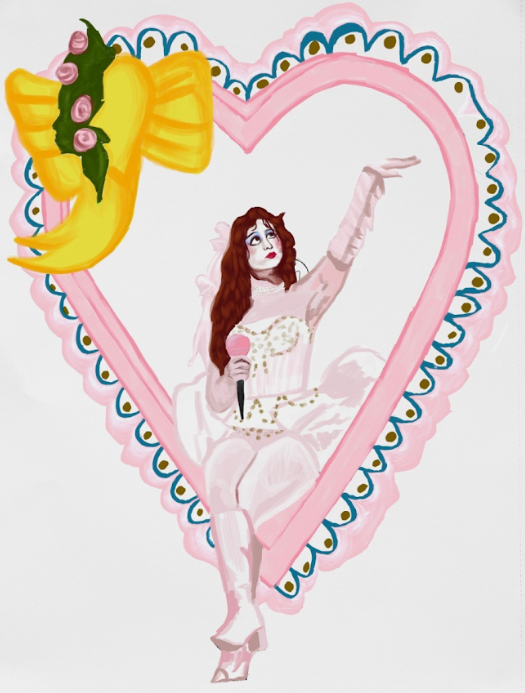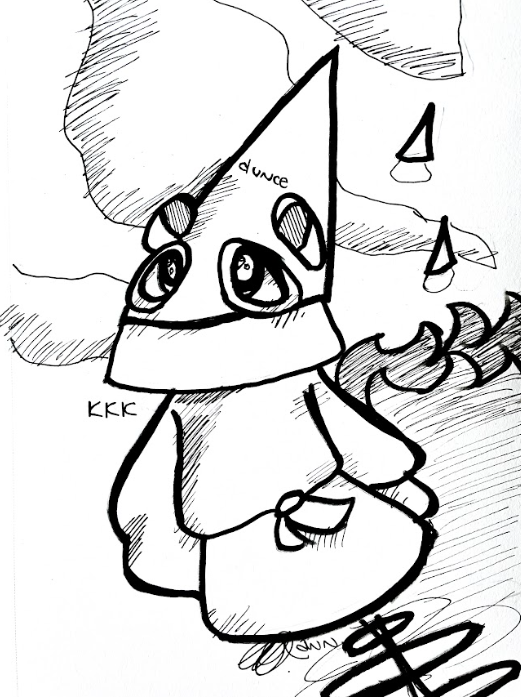“By the pricking of my thumbs, something wicked this way comes.” And that something wicked happens to be my black cat, Grimalkin. “Mal” for short.
One of three cats (and one of three black animals) in our abode, Mal and her cronies are definitely what one might consider my familiars; my dæmons.
Mal and her disproportionately large chipmunk cheeks stoically protect our family and our apartment when she isn’t taking her elevenses nap.
Black cats are a staple of Halloween decor and lore, but the Satanic stigma associated with them perplexingly still exists. Many animal shelters and communities celebrate National Black Cat Awareness Month during October in order to combat trivial superstitions and find forever homes for black cats (and dogs as well, those lovable hellhounds) who are otherwise overlooked due to their fur color, obviously bequeathed unto them by the Dark Lord.
While some might be turned off by the possibility of cuddling up with these midnight minions, I gladly welcome the snuggles.
In western society, black cats were often considered omens of bad luck. Blamed for everything from the Black Plague in Europe to crops dying and fevers burning in Salem, black cats often bore the most severe and cruel blame for every misfortune. As such, they were shunned, ostracized and like many “others,” considered strange and unusual. Well, as Lydia Deetz said in Beetlejuice, “I myself am strange and unusual.”
I love the temperament of black cats. Mislabeled as “antisocial,” black cats are actually quite devoted and tender with their chosen humans.
When a black cat loves you, they love you for life. The bond itself feels incredibly supernatural; it transcends what is earthly. It is the purest form of magic.
have been obsessed with witch lore and dark tales since childhood, and my fascination with black cats was fostered by cinema and storybooks. Thackery Binx (“thou mangy feline!”) is still quite possibly the best CGI/live-action creature on film and is absolutely the catalyst for my desire to adopt and care for black cats. You just never know when you’re going to encounter an immortal feline whose spell will be broken by your love.
When I was little, my mom introduced me to the writing of Edgar Allan Poe. If you’ve ever seen Tim Burton’s short film “Vincent,” understand that child was basically me, running around with Wednesday Addams braids quoting “The Raven,” “Nevermore!”
After writing the sinister tale of “The Black Cat,” Poe noted, “The writer of this article is the owner of one of the most remarkable black cats in the world—and this is saying much; for it will be remembered that black cats are all of them witches.”
I was also fond of the aloof but helpful black cat in Neil Gaiman’s “Coraline.”
Perhaps the most adequate personification of a feline’s feeling toward human culture is summed up in the cat’s takedown of names: “Cats don’t have names,” it said. “You don’t know who you are. We know who we are, so we don’t need names.”
Even though she might feel she doesn’t need a name, Grimalkin received her name from “Macbeth.” Yet Grimalkin is also an antiquated term for a faery cat that dwells in the highlands of Scotland. And dwell she does indeed, my Mal. She is as fierce as she is friendly. She would make any witch proud.
While it is a myth that devil worshippers adopt black cats in droves during October, the sad truth is these cats are often left in shelters because they’re considered less desirable than other cats.
So now, animal shelters are trying to reclaim Halloween and the black magic of black cats by subverting stigmas and finding families for as many familiars as possible.
I celebrate Mal, her power and her prowess. We chant and we conjure over late-night milk and Netflix. We celebrate the strange.
And when she isn’t possibly delighting in the Dark Arts, Mal snuggles soundly with her humans, all the while keeping one eye open for mice or mischief.






